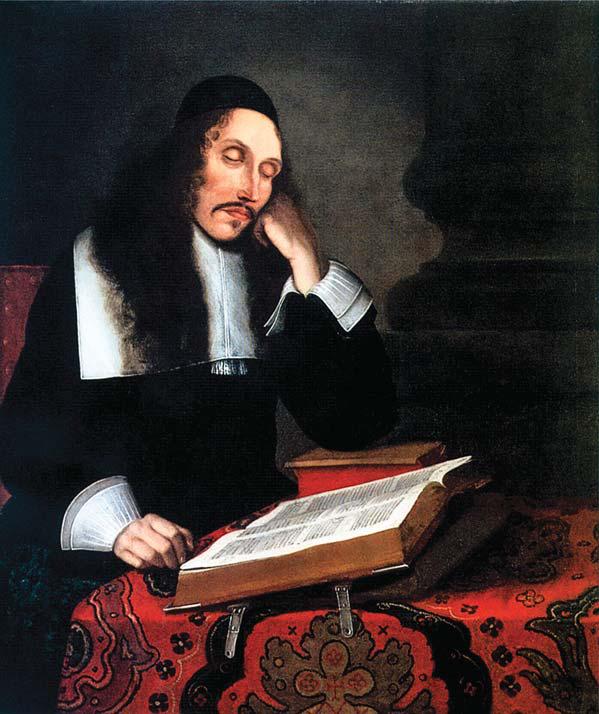
In March, 1668, Adriaan Koerbagh, a Dutch physician in his mid-thirties, hired Johannes Van Eede, a printer in Utrecht, to publish his new book, “A Light Shining in Dark Places, to Shed Light on Matters of Theology and Religion.” But Van Eede, after setting the first half of the manuscript, became uneasy about its highly unorthodox contents. Koerbagh argued that God is not a Trinity, as the Dutch Reformed Church taught, but an infinite and eternal substance that includes everything in existence. In his view, Jesus was just a human being, the Bible is not Holy Writ, and good and evil are merely terms we use for what benefits or harms us. The only reason people believe in the doctrine of Christianity, Koerbagh wrote, is that religious authorities “forbid people to investigate and order them to believe everything they say without examination, and they try to murder (if they do not escape) those who question things and thus arrive at knowledge and truth, as has happened many thousands of times.”
This story is from the February 12 -19, 2024 (Double Issue) edition of The New Yorker.
Start your 7-day Magzter GOLD free trial to access thousands of curated premium stories, and 9,000+ magazines and newspapers.
Already a subscriber ? Sign In
This story is from the February 12 -19, 2024 (Double Issue) edition of The New Yorker.
Start your 7-day Magzter GOLD free trial to access thousands of curated premium stories, and 9,000+ magazines and newspapers.
Already a subscriber? Sign In

ART OF STONE
\"The Brutalist.\"

MOMMA MIA
Audra McDonald triumphs in \"Gypsy\" on Broadway.

INTERNATIONAL AFFAIRS
\"Black Doves,\" on Netflix.

NATURE STUDIES
Kyle Abraham's “Dear Lord, Make Me Beautiful.”

WHAT GOOD IS MORALITY?
Ask not just where it came from but what it does for us

THE SPOTIFY SYNDROME
What is the world's largest music-streaming platform really costing us?

THE LEPER - LEE CHANGDONG
. . . to survive, to hang on, waiting for the new world to dawn, what can you do but become a leper nobody in the world would deign to touch? - From \"Windy Evening,\" by Kim Seong-dong.

YOU WON'T GET FREE OF IT
Alice Munro's partner sexually abused her daughter. The harm ran through the work and the family.

TALK SENSE
How much sway does our language have over our thinking?

TO THE DETECTIVE INVESTIGATING MY MURDER
Dear Detective, I'm not dead, but a lot of people can't stand me. What I mean is that breathing is not an activity they want me to keep doing. What I mean is, they want to knock me off. My days are numbered.